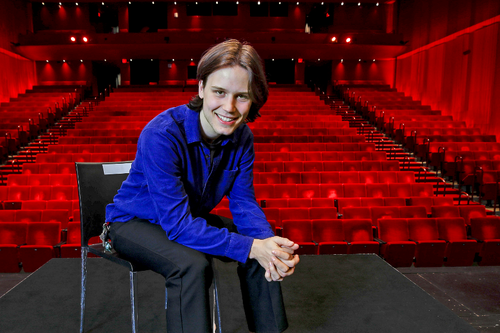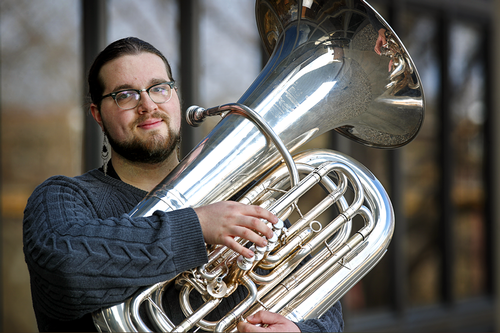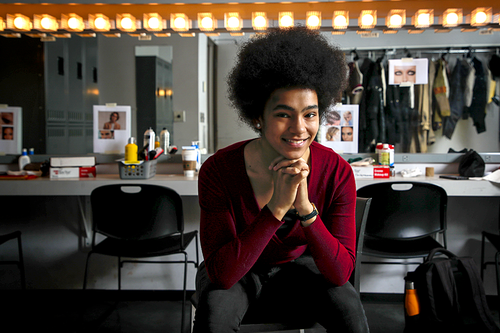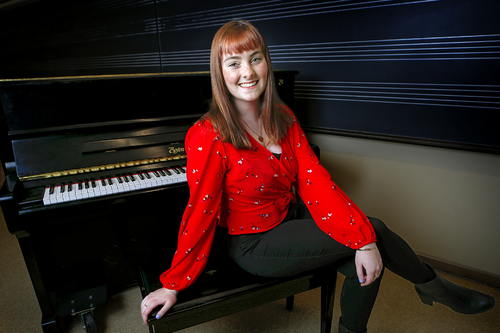A dancer who breaks the mold
Nakeema Ray's artistry belies the myths about who can succeed in the world of modern and contemporary dance.
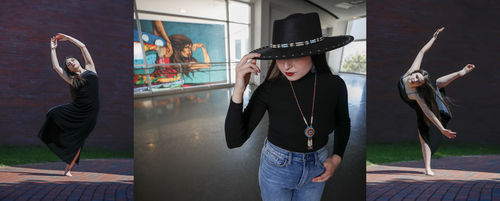
Walking into her first dance studio, Nakeema Ray was mesmerized by the “tall girls” in little point shoes moving in front of big wall mirrors.
“I want to do that!” she told her mother. She was three years old.
Now proficient in jazz, tap, hip hop, ballet, and musical theater styles, Ray is a student in the U of M Dance Program, where she’s become an accomplished modern and contemporary dancer. An enrolled member of the Upper Skagit Tribe in Washington State, she is a descendant of the Choctaw Nation, Klamath Tribe, and Swinomish Tribe.
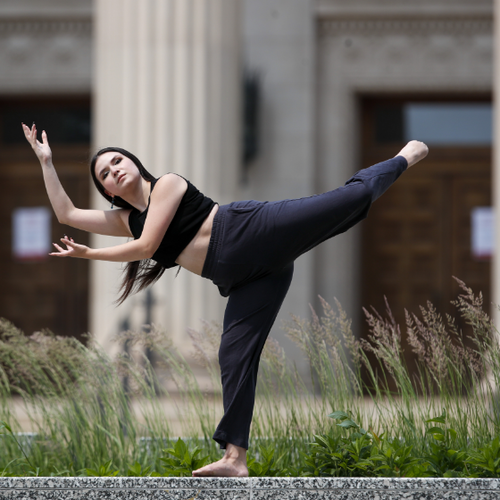
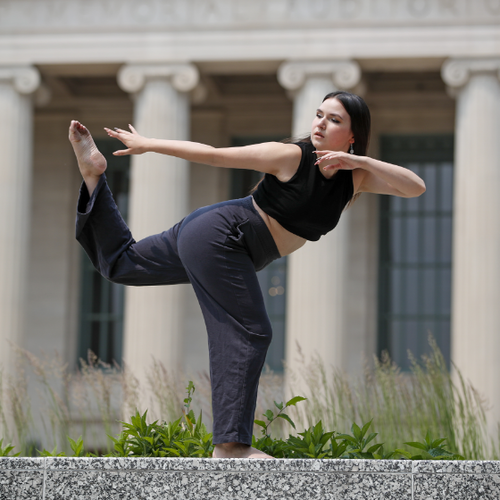
Ray has also rejected “the stereotype of dancers”—long arms, legs and necks—and adopted the philosophy of Maria Tallchief, the first Indigenous prima ballerina.
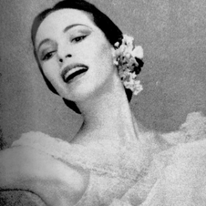
“She said, ‘Love your music and the audience will love you back,’” Ray recalls. “That stuck with me.
“I thought you had to do all these amazing tricks and stunts and be the best dancer ever.
“But … it’s how you find your inner movement and how you feel music. That’s what you show to the audience.”
When the inevitable doubts or discouragement threatens, “I find my groove in dance,” she says. “When you get into that mental state, you’ll find your love again.”
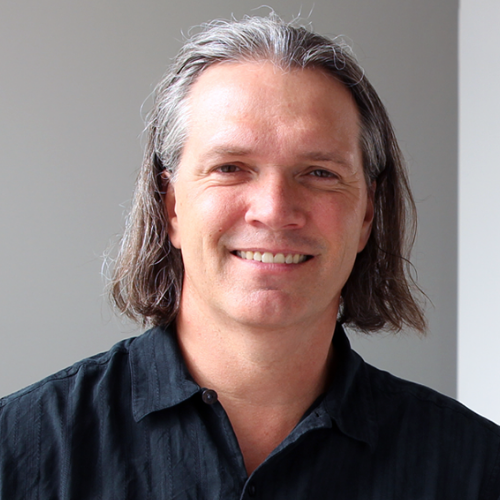
In November 2022, Ray’s artistry earned her the chance to dance with the acclaimed José Limón Dance Company when it came to Northrop.
Digging the roots
Growing up learning steps and rhythms, Ray knew little about where and why tap and other dance forms were born and who shaped them.
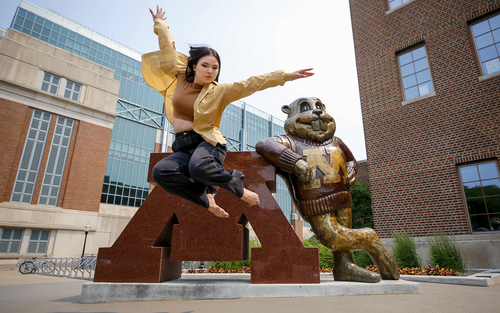
“But with the liberal arts [environment], it’ll help bring back the root of things,” Ray says.
For example, “In my dance history class, we’re learning about the big and smaller names who were never recognized but had a big impact on what ‘modern art’ is today.
“I think that’s really vital—to know where art comes from.
“I also returned to my Native roots with powwow dancing when I started college here at the University of Minnesota. I love every second of it, and it will forever be my passion to learn more of my culture and where I come from through my dancing passion.
“I learned from my Native culture that the drum is sacred and universal to all humans since it represents the first thing all of us hear—the drumbeat of the heart of our mothers in the womb. That reality is powerful to me and shows how all humans connect through music, movement and art.”
She was fascinated to learn that legendary choreographer Merce Cunningham found inspiration from Native American tribes and communities—“but where the tribes were wasn’t recognized.”
Ray also learned that tap’s roots lie in Irish step dancing, and hip hop’s in the African diaspora.
“We’re trying to find the diaspora of different cultures and communities—this all had to come from somewhere,” she explains. “We need to focus on the root of it all.”
Guardian of the flame
“Growing up, there was very little representation of Indigenous people,” Ray says. “As I grow and learn who I am, I always ask myself what I can do to bring my community into societal norms and share my culture with the mainstream society. I realized that how people connect is through music, art, and dance. Dance is sacred to us, and it is what connects us to our ancestors.
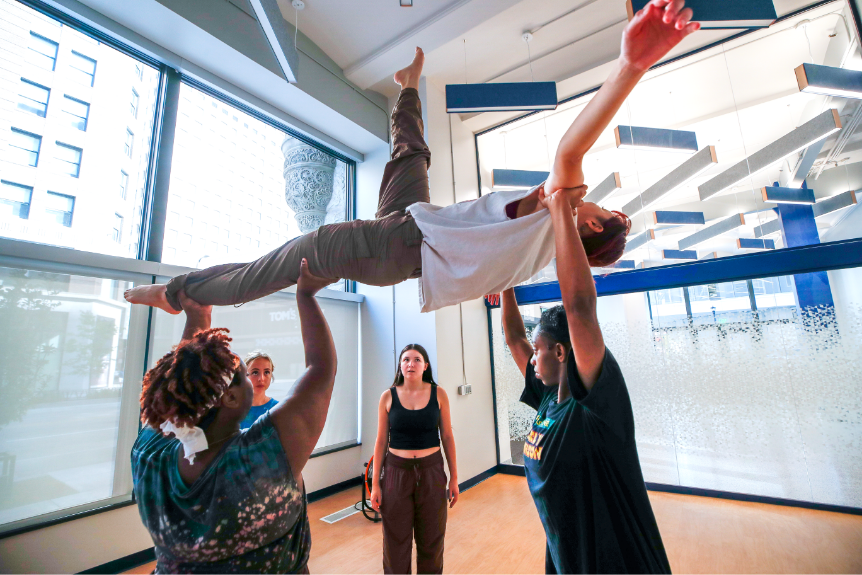
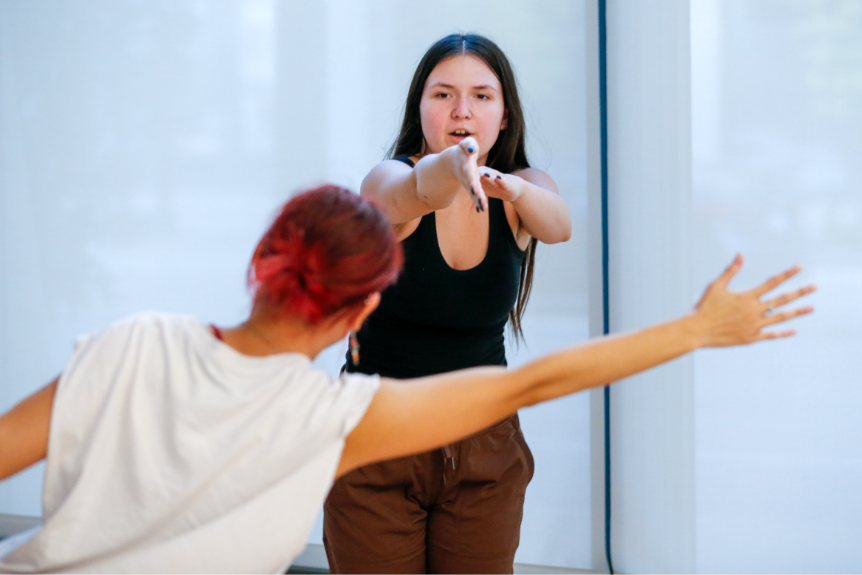
“My dream and ambition is to bring my love for dance and my culture to younger generations. I want Indigenous people to thrive and tell everyone that we are still here and we will keep dancing and singing our songs until our feet dance to the top and our voices are heard in every state in this country.”
